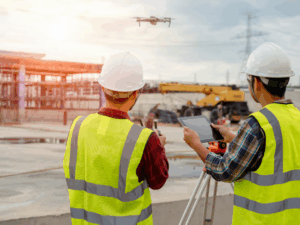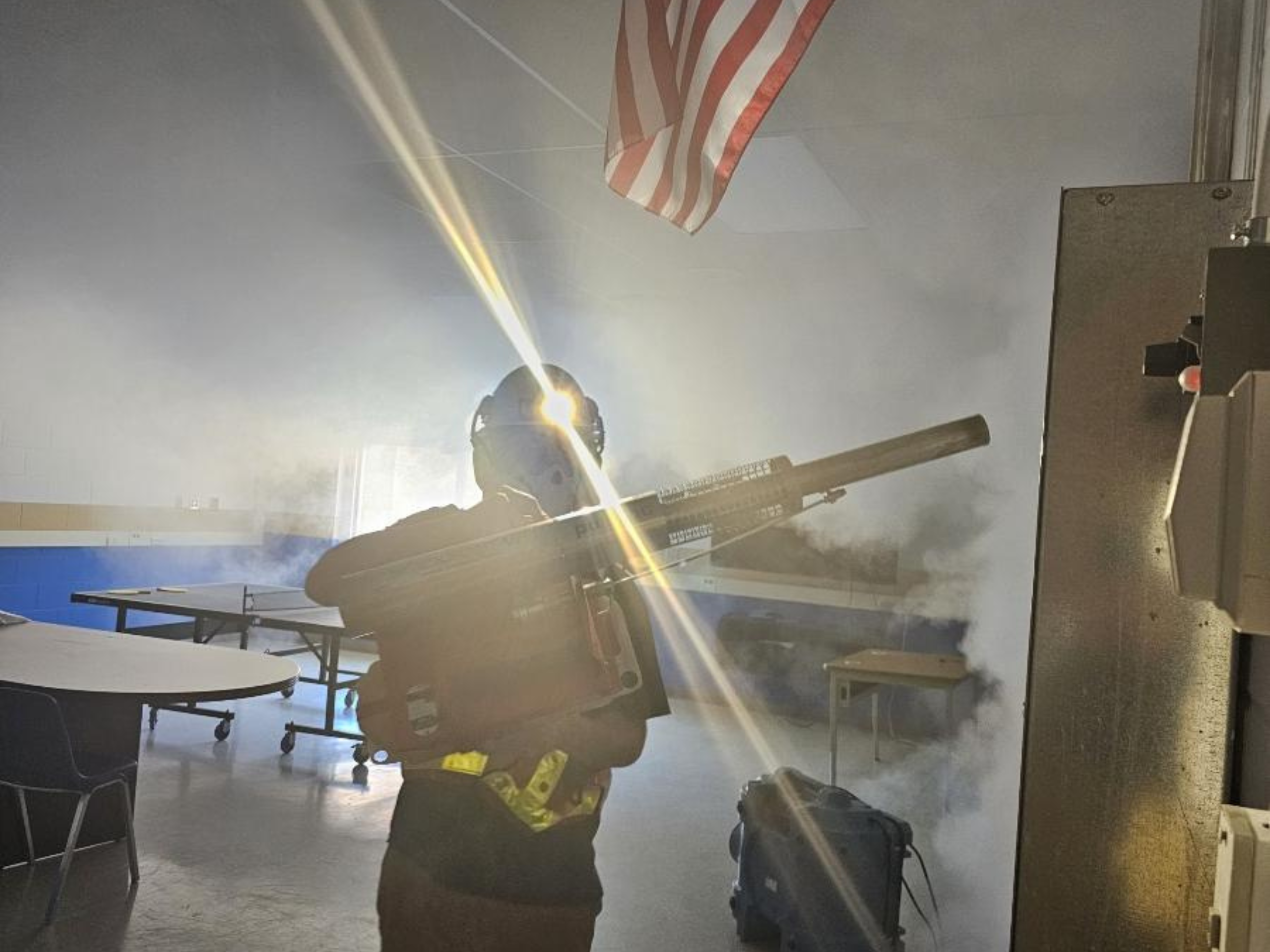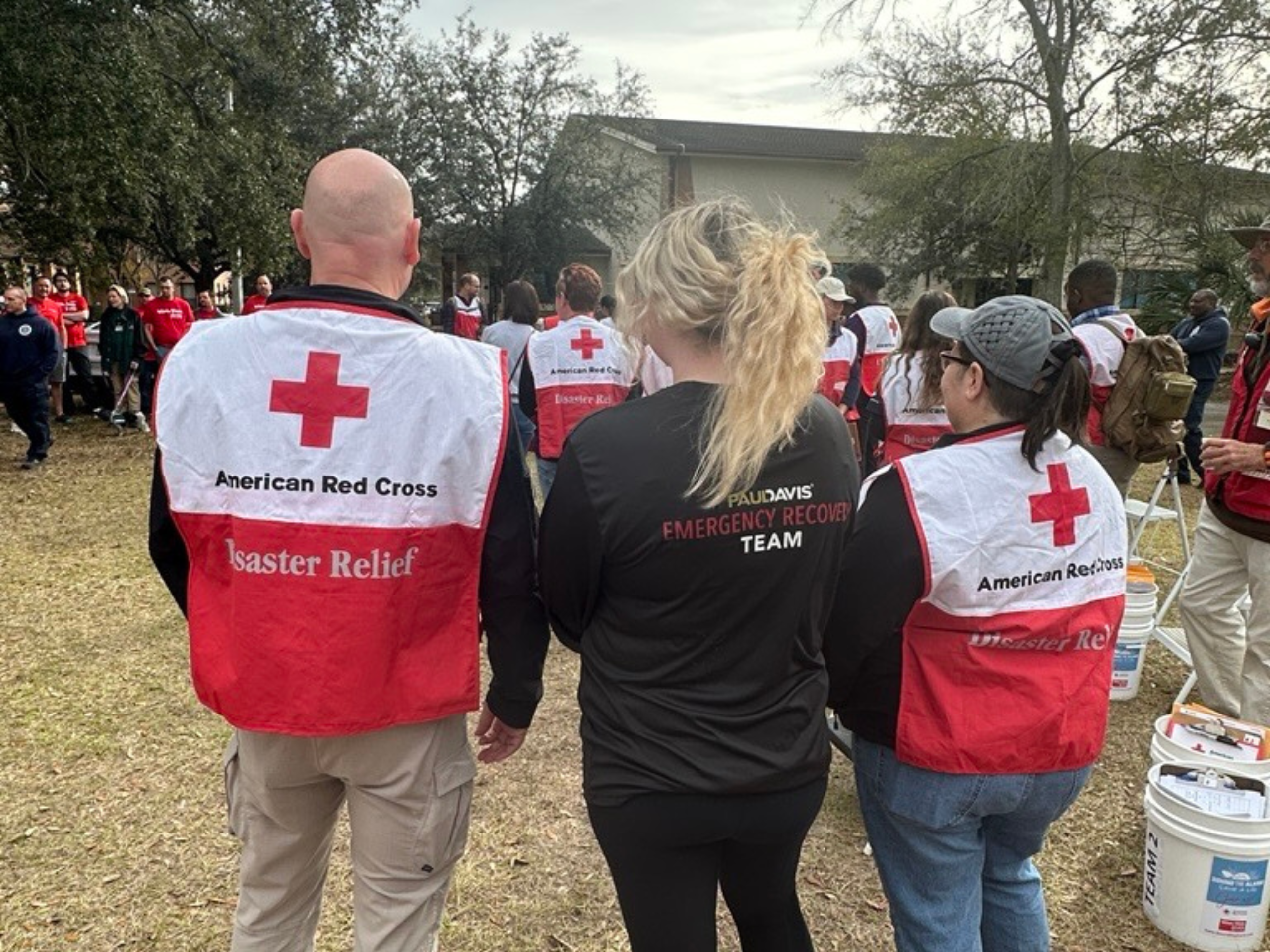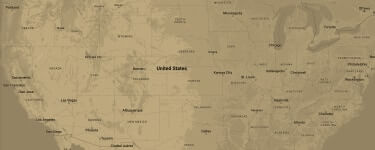With just a month until 2026 arrives, 2025 looks to be one of the most expensive years ever for losses. Devastating tornadoes ripped across the Midwest, raging wildfires ravaged Los Angeles and deadly floods inundated the south-central United States. For Paul Davis Restoration, technology is a mighty ally as the company anticipates future disasters that are sure to be worse in number and scope.

“We are continually seeking innovative ways to be even better at what we do and to lead the industry,” says Kevin Sullivan, President, Paul Davis Restoration of Northern Virginia. “Technology is indispensable in that quest and our efforts to deploy it are intensive and diverse.”
Here are just a few of the cutting-edge technology directions many of our offices are exploring to revolutionize disaster recovery activities:
Measuring, Assessing:
Computer applications like Matterport are leveraging smart devices to virtually tour, measure and record disaster locations. Drones, piloted by expert technicians, are more quickly and safely reaching, inspecting and recording inaccessible and dangerous areas.
Enabling Business Continuity:
A range of software solutions are rapidly restoring business activities for clients damaged by disaster, bringing data and systems back online after only brief interruptions.
Predicting Disasters and Boosting Resilience:
Data analytics and risk interpretation science advances are capturing data patterns to forecast disasters and impacts more precisely, as well as targeting future responses through equipment and team management.
Tracking and Locating:
Satellites, global positioning systems and land-based sensors are yielding rich data and real-time updates to help locate, target and guide disaster response as impacts unfold.
Sharing and Communicating:
Document sharing and communications technologies are enabling faster, more secure reporting, meeting, connecting and decision-making.
Integrating:
Digital resources are providing real-time citizen and organizational information sharing via social media. Crowd-sourced mapping – in which many people create and update a digital map by adding input and commentary – is boosting response accuracy. AI and the “Internet of Things” – in which items are digitally enabled and can network into complex systems – continue to grow exponentially, opening new frontiers in modeling, tracking, testing and much more.
“Stay tuned,” Sullivan says. “Today we are better than we were yesterday and tomorrow we will be even faster, more accurate, more targeted, more cost-effective and more expert. It’s a never-ending pursuit to help the greatest number of people navigate an uncertain world.”












